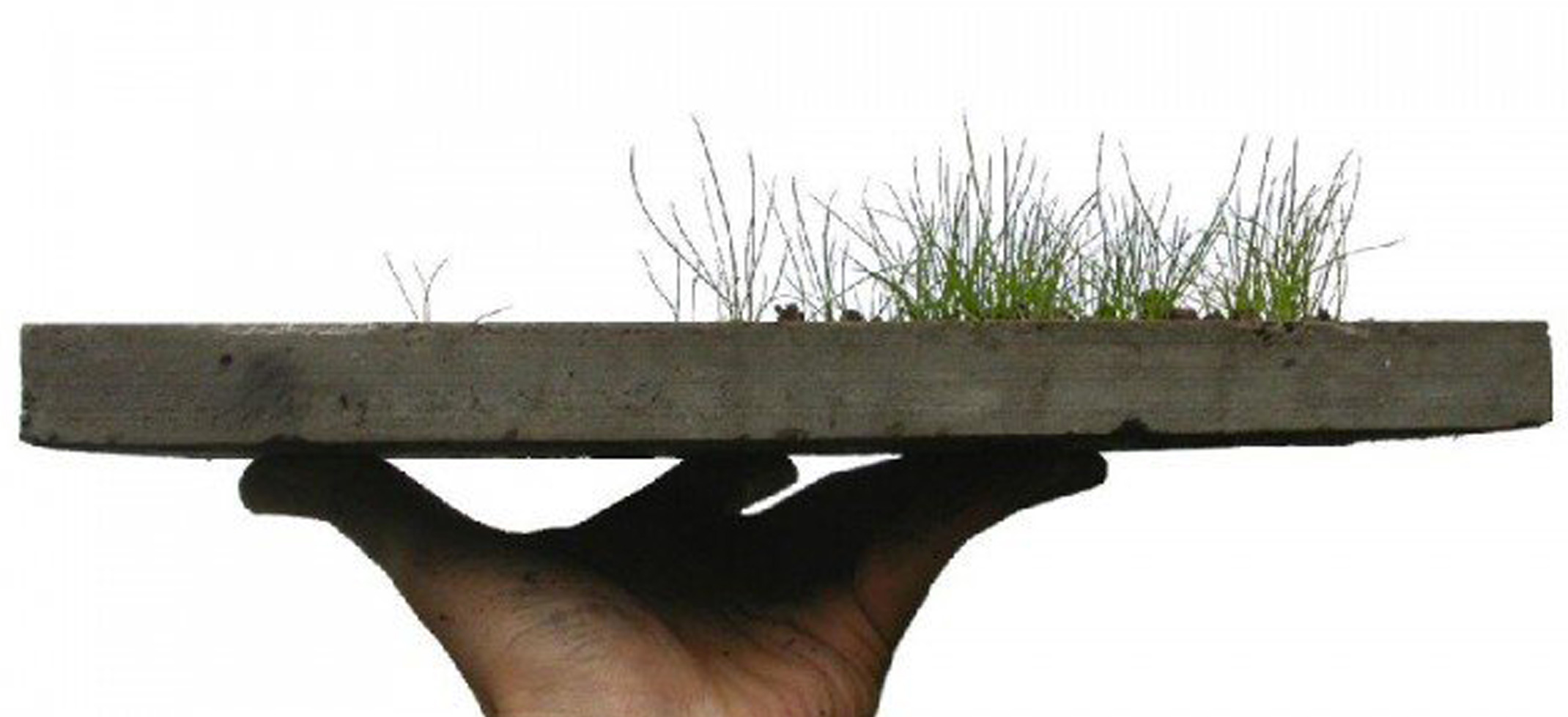Straw, clay, wheat, grasses or other organic materials, when mixed with innovative binders, can offer lower embodied energy and improved energy efficiency – as well as greater comfort – compared with conventional building materials.
The ISOBIO project aims to develop construction materials with 50 % lower embodied energy and carbon, and 20 % more efficient thermal insulation compared with traditional oil-based insulation panels. The project also seeks to demonstrate a reduction of at least 15 % in total costs and 5 % in total energy spent over the lifetime of a building.
ISOBIO started by identifying promising organic materials that could be used as insulation. Many of these are classified as waste or byproducts of processes like food production. Finely chopped bio-materials such as hemp and straw are treated with hygrothermal resins and nano-particle gels that make them robust, breathable, moisture resistant, and fire retardant.
The bio-aggregates are typically the result of combining organic and inorganic materials; the organic material may have natural insulating properties, for example, while the inorganic material may make the resulting bio-aggregate more robust. Combing organic materials with inorganic materials is not always easy, however. Hemp, for instance, is being combined with lime mortar but the two materials have a degree of chemical incompatibility which could result in a reduction in the strength of the composite material. To overcome this challenge, ISOBIO’s researchers are using nano-technology to increase the interfacial strength between the two materials, giving the resulting composite material improved mechanical and structural properties.
More information: http://www.heatexchanging.com






